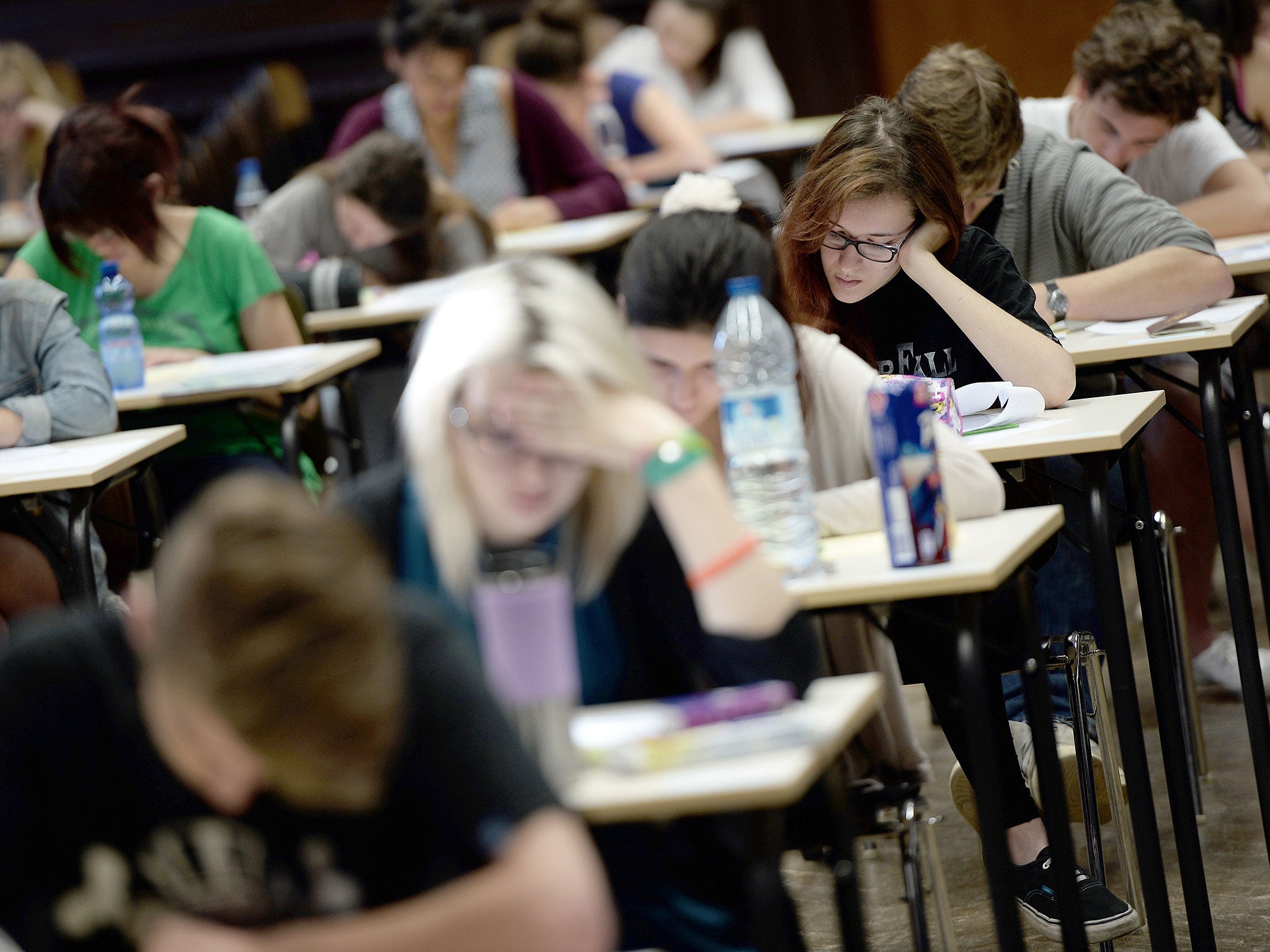Hannah's sweets solution: the GCSE question that stumped Britain's students
The exam question has become an internet phenomenon since students took the Edexcel paper this week

Your support helps us to tell the story
From reproductive rights to climate change to Big Tech, The Independent is on the ground when the story is developing. Whether it's investigating the financials of Elon Musk's pro-Trump PAC or producing our latest documentary, 'The A Word', which shines a light on the American women fighting for reproductive rights, we know how important it is to parse out the facts from the messaging.
At such a critical moment in US history, we need reporters on the ground. Your donation allows us to keep sending journalists to speak to both sides of the story.
The Independent is trusted by Americans across the entire political spectrum. And unlike many other quality news outlets, we choose not to lock Americans out of our reporting and analysis with paywalls. We believe quality journalism should be available to everyone, paid for by those who can afford it.
Your support makes all the difference.After the date of Cheryl’s birthday left people all over the world stumped, now a GCSE Maths exam has done the same.
Students taking Edexcel’s GCSE Maths paper took to Twitter to vent their frustration over a problem involving how many sweets a girl called Hannah has.
But what actually was the problem and how hard is it to actually solve?
Well, here it is – but don’t read below the images if you want to work it out yourself.
Hannah has 6 orange sweets and some yellow sweets.
Overall, she has n sweets.
The probability of her taking 2 orange sweets is 1/3.
Prove that: n^2-n-90=0
^ is “to the power of”
The number of students posting about the tricky problem caused the question to trend on Twitter and although they may not have got the marks in the bag, they certainly got their memes spot on.
Hannah’s was just one of the many supposed “real life” problems that the students were required to tackle.
Another problem required students to calculate how much a child had raised for charity and find which garden centre sold the cheapest plants.
So, what was the answer?
There are 6 orange sweets and n sweets overall. So, if Hannah takes one, there is 6/n chance of getting an orange sweet. When she takes one,, there is one less orange sweet and one less overall meaning that the probability is now (6-1)/(n-1)=5/n-1.
To find the probability of getting the orange sweet both times, multiply the two fractions: 6/n* 5/n-1 =30/n^2-n.
It shows the probability of taking two orange sweets (1/3) is: 1/3=30/n^2-n.
The denominators then need to be the same, so multiply 1/3 by 30 which would then make 30/90=30/n^2-n.
Discounting the 30 on both sides of the equation makes n^2-n=90. By moving 90 onto the other side of the equation, it will equal zero.
Simple, right?
Join our commenting forum
Join thought-provoking conversations, follow other Independent readers and see their replies
Comments